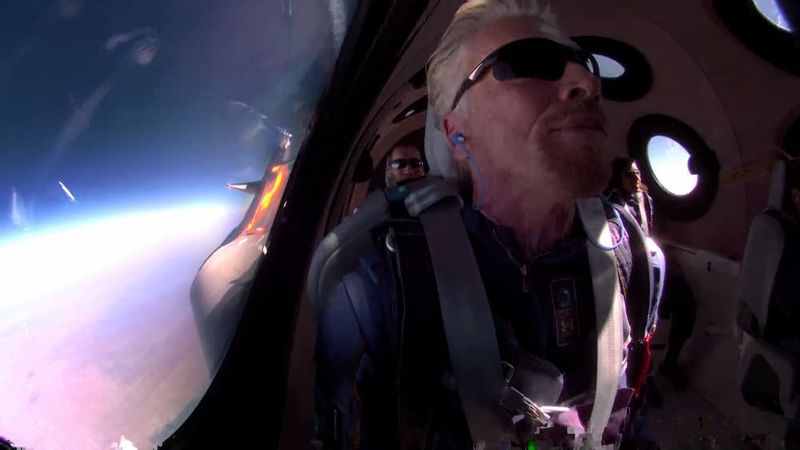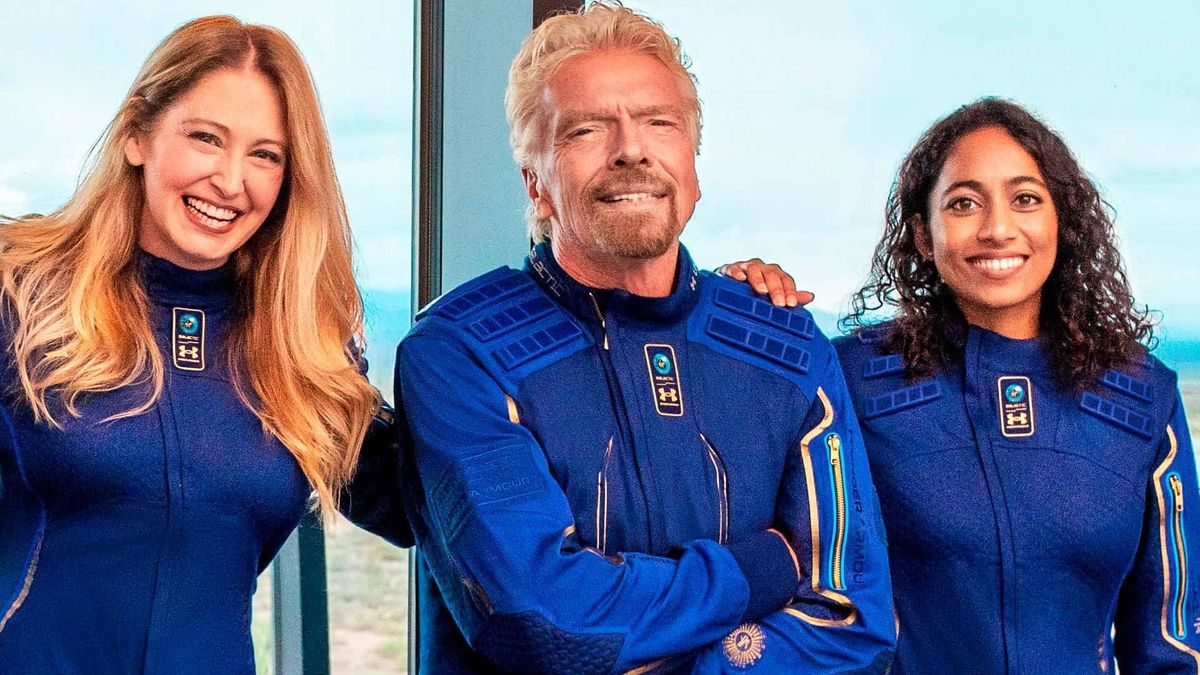Almost 17 years after we saw it so close when SpaceShipOne won the Ansari X Prize, Richard Branson has finally made his dream of traveling “into space” a reality in VSS Unity, Virgin Galactic’s second SpaceShipTwo.
It was a suborbital flight – Virgin Galactic’s rocket plane is not designed to enter orbit – in which after being released from VMS Eve, its mother plane, the VSS Unity reached a maximum altitude of 86 kilometers (53.5 miles). At the top of the flight, the crew experienced about four minutes of free fall – weightlessness, if you will.
Flying with the crew were Dave Mackay as a pilot; Michael Masucci as co-pilot; Beth Moses, the company’s chief astronaut instructor; Colin Bennett, Chief Operations Engineer, who will evaluate cockpit procedures; and Sirisha Bandla, Vice President of Government Affairs and Research Operations, who will evaluate the researchers’ experience.

Today’s flight – the third powered flight of VSS Unity, the 22nd overall for this aircraft – has not reached space as defined by the International Aeronautical Federation, which for now puts it at 100 kilometers. It has according to NASA or the U.S. Federal Aviation Administration (FAA), which put this limit at 50 miles, about 80 kilometers.
This would not be the case either, except that at the beginning Branson was talking about exceeding 100 kilometers, as in fact, SpaceShipOne did; but using the FAA and NASA definition is a bit like cheating oneself.
Virgin Galactic still has two more test flights to go Branson was going to go on the last one but he was in a hurry to beat Jeff Bezos, who plans to go into space on the 20th- before they will start selling tickets to the general public. Although at least they already have permission to start making those flights. Being the general public who can pay the estimated $250,000 for Virgin Galactic’s “into space” tickets, of course. Commercial flights could begin in early 2022.





